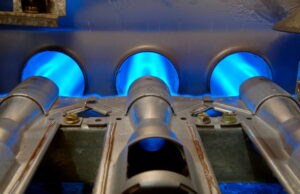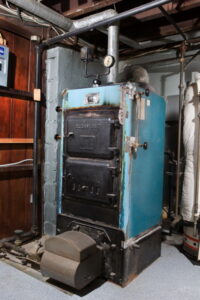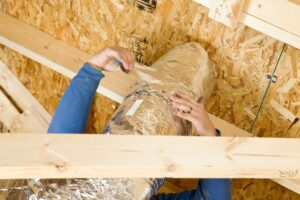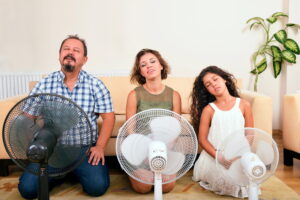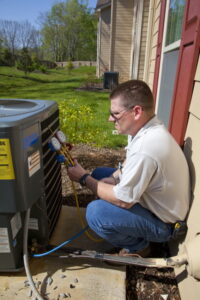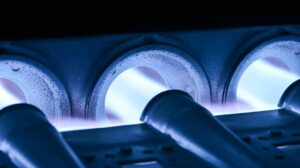
Any natural gas-burning appliance in a house has the potential to become hazardous. This is true of any appliance that burns any type of fuel. Electrical devices can create dangers from high voltage shocks or electrical fires.
This is a way of showing that, although a gas furnace can present dangers for a house, it isn’t much different in that way than many other appliances you use regularly. Because of the power of gas furnaces, people often find them intimidating and worry about them more—but if they were significant dangers, they would never be allowed into residential homes in the first place.
Your gas furnace can create hazards for your house, but you can prevent most of them through some basic steps. Modern gas furnaces are built to high standards of safety, and with the proper attention, you can minimize the possible harm to almost nothing. That’s what we’ll focus on in the rest of this post.



